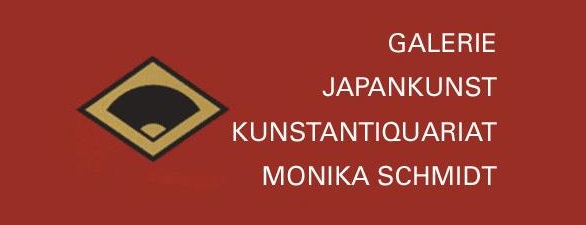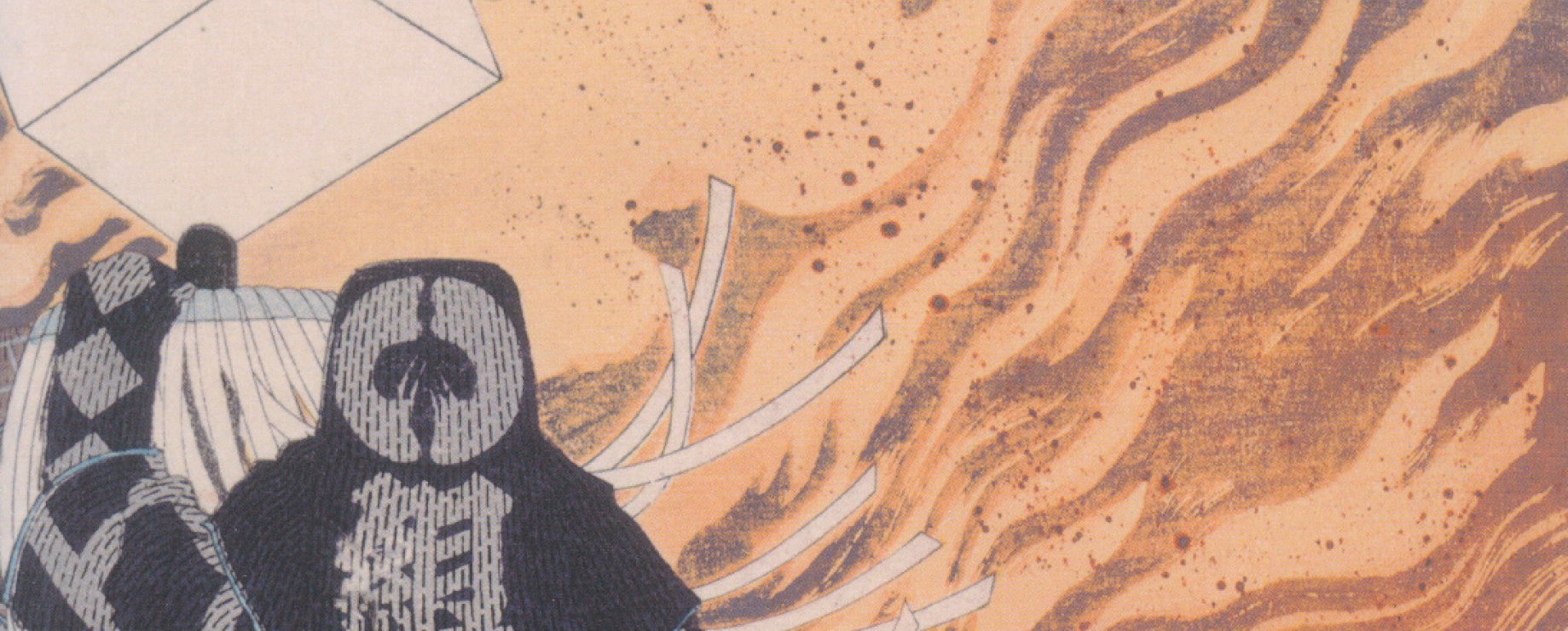EDITORIAL: Changing to a new format of Andon was quite an experiment. Fortunately we received only enthusiastic and positive reactions, from which we conclude that you appreciate our new appearance. Of course, a new appearance is not enough and our aim is to offer interesting contents as well. Andon is not a scientific bulletin but primarily a forum to distribute and exchange ideas and information among the members of our Society. So we largely depend on your contributions and we hope that one of your good
intentions for the coming new year is to write an article about your favourite subject. The first article, written by Cynthia Shaver, is about firefighting. Japanese cities with their wooden houses were frequently plagued by fire. Preventing and fighting these fires, ironically called 'Flowers of Edo', was a highly appreciated profession. The fire brigades were well organized and could be recognized by emblem bearing standards. The members were equipped with ladders and hooks to tear down houses and wore heavíly quilted jackets that could be soaked with water. Their main task was to prevent the fires from spreading, rather than to extinguish them. In times of peace fire fighting was an excellent way for an Edoite to display bravery. Social etiquette, however, also required formal post-fire condolence visits, and gifts. The leading article is about the influence of Dutch anatorty books on Japanese Art. It has been written by Hiroko Johnson and was awarded the second prize in last year's Heinz Kaempfer essay contest. Hiroko discusses the early Japanese records of Western style autopsies and reports about the first translations of European anatomy books. lnterestingly, Japanese artists had to adopt new drawing techrtiques to match the threedimensionality of the oiginal anatomical drawings. We hope you will enjoy reading these articles and wish you health and happiness for the coming year.
Afbeelding










